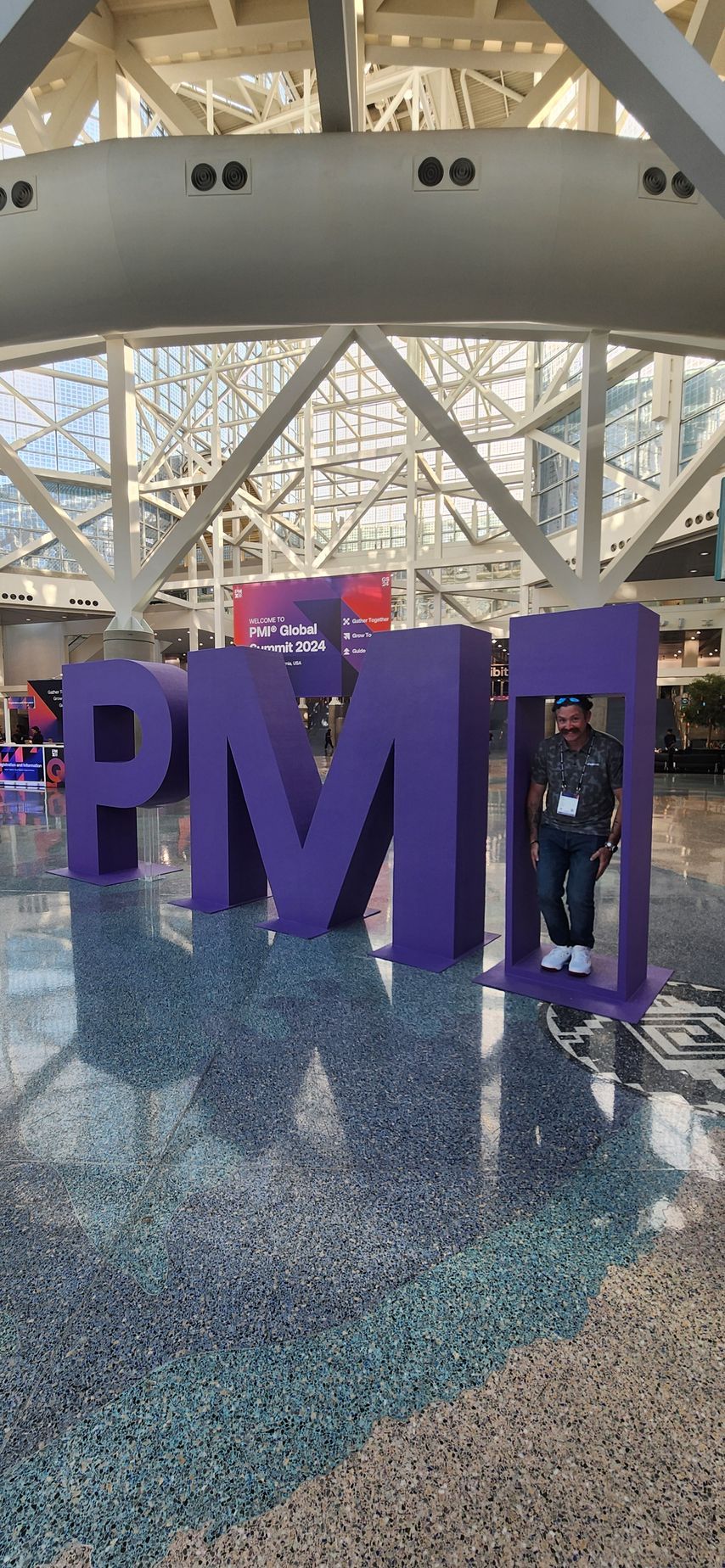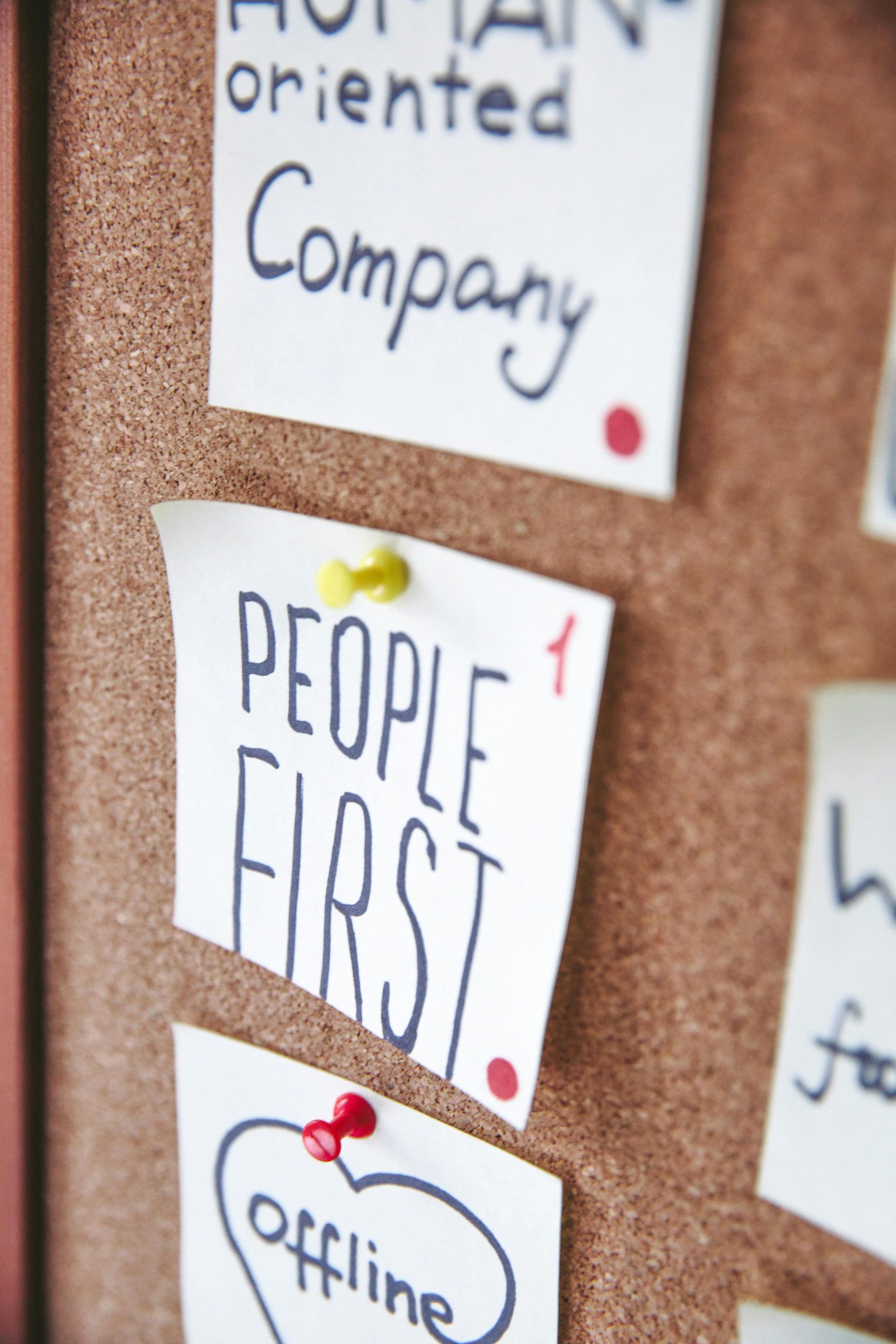
Embracing WAGILE: Striking a Balance between Waterfall and Agile
Blending the Best of Both Worlds: Discover the Power of WAGILE
In the realm of project management, methodologies such as Waterfall and Agile have long been considered as distinct and separate approaches. Waterfall follows a sequential, structured path, while Agile promotes flexibility and adaptability. However, what if there was a way to harness the strengths of both methodologies? Enter WAGILE, a hybrid process that blends the best of the traditional waterfall systems with Agile philosophy. In this article, we will explore how WAGILE can revolutionize project management and foster successful outcomes by finding the right balance between structure and flexibility.
The WAGILE Philosophy:
WAGILE encapsulates the idea that not all projects fit neatly into either the Waterfall or Agile molds. It recognizes that some projects require a level of structure and predictability, while also acknowledging the need for iterative development and constant feedback. WAGILE allows project teams to adapt their approach based on the unique demands of each project, promoting collaboration, communication, and customer-centricity.
The Benefits of WAGILE:
By combining the strengths of Waterfall and Agile, WAGILE offers several notable benefits. It allows for better project planning and risk management, ensuring that critical milestones are defined and achieved while still maintaining the flexibility to address evolving requirements. WAGILE also fosters increased stakeholder engagement, as it emphasizes continuous collaboration and feedback loops. Moreover, it promotes efficient resource allocation and a more realistic approach to timelines, balancing the need for structure with the ability to adapt as the project progresses.
In today's dynamic business landscape, project management requires a pragmatic and adaptable mindset. WAGILE presents a compelling alternative to the binary choice between Waterfall and Agile, offering a more nuanced approach that aligns with the diverse needs of modern projects. By embracing WAGILE, organizations can harness the benefits of both methodologies and drive successful project outcomes. So, are you ready to explore the possibilities of WAGILE and strike a balance between structure and flexibility in your projects?
Food for Thought:
How can your organization leverage the WAGILE approach to enhance project success? Are there specific projects or situations where you believe WAGILE would be particularly effective? Share your thoughts and experiences in finding the right balance between the traditional and Agile project management approaches.









